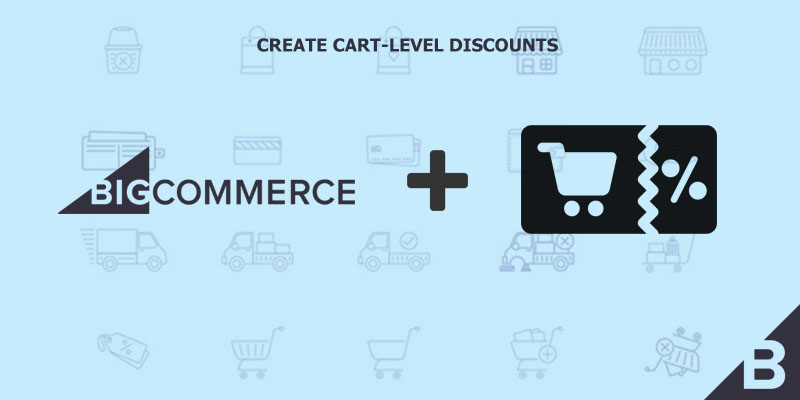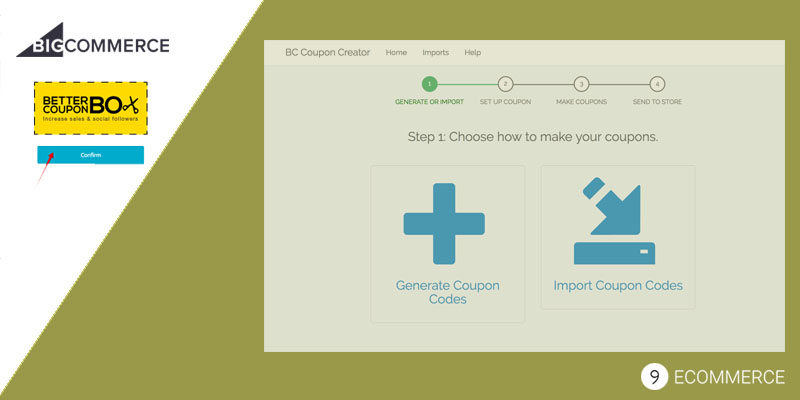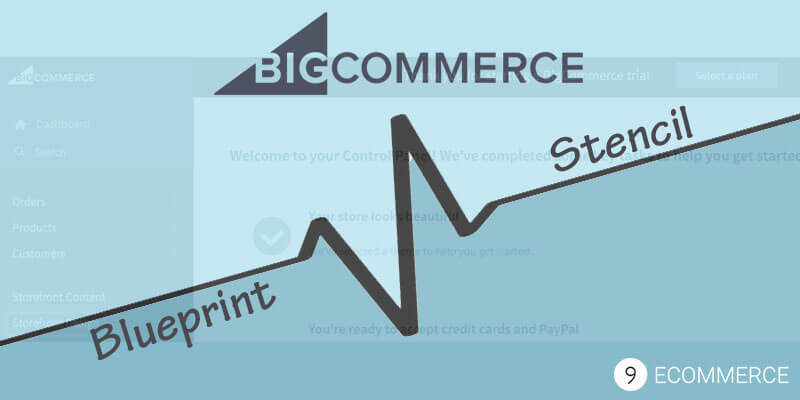We are BigCommerce developers, and deal with many online merchants regularly. We offer BigCommerce stencil development service, and there are hundreds of customers that we have worked with in the past. In that capacity, we realize that many online merchants aren’t completely prepared before they start their online business. They have limited information about how the backend of their online store works. While they are not coders, it is still important to have relevant information as it helps them make solid decisions. Today, we shall talk about HTTP & HTTPS. These are ways in which information is shared online. This is that element that helps customers find your business online. Therefore, it is an important point to learn.
Defining HTTP and HTTPS
So, let us take some time and define these two terms.
HTTP: The full form of HTTP is HyperText Transfer Protocol. This basically defines how network administrators share information. The website shares information with the users and also the search engines, apart from others. If you would have noticed, many domain names are preceded by HTTP to ensure that the website can be easily read and comprehended by admins and search engines.
HTTPS: HTTPS is an extension of HTTP. It stands for HyperText Transfer Protocol Secure. As you would have noticed, it appends the word ‘Security’ to HTTP. After HTTP started becoming commonplace on the internet and many websites started using it, interceptions and stealing of information started to occur. HTTPS was hence conceived and launched to encode the transfer of information. This way, the information can be read as well as interpreted by the sender and the receiver only. If by any chance this information is intercepted, the risk is minimal. This is because the document will look like an uneven series of characters. An HTTPS can be properly comprehended only if it is accessed with the relevant SSL certificate.
SSL Certificate: SSL stands for Secure Sockets Layer. It is assigned with the responsibility of securing the data being transferred. The domain owner is the one who needs to own an SSL certificate. This can then be shared with some users to allow them to buy products and services from the website.
Why HTTPS?
Now that we have defined the terms, let us understand why these are important for your website.
- Brands Invested: Some of the big brands, including BigCommerce, are heavily invested in data security. They are recommending every seller to move to HTTPS. In fact, BigCommerce has made it extremely simple for website owners to switch to HTTPS. Even Google is now clearly labeling HTTP connections as unsecure.
- Trust: Having security and encryption of data are becoming best practices. Having that with your website helps build customer confidence. If they are confident, they will trust you more and that will increase your revenue.
- Data Loss Security: HTTPS is also known to help with data loss switching between secured and unsecured websites.
- Google Ranking: Having an HTTPS can also assist you in garnering a higher Google ranking.
Switching Checklist
With BigCommerce, switching to HTTPS is very simple. You need to ensure that you have installed the SSL, and BigCommerce can do the rest for you. If you don’t have BigCommerce, there are certain things you need to ensure to make the switch successful:
- Work off a test server to avoid mistakes in real time
- Ensure the current website is crawled so that it can be used for future comparison
- Read any documentation that you get your hands on for HTTPS
- Get and install the security server
- Update your reference templates
- Ensure that your website’s tags are updated
- You should also consider updating add-ons, modules, and plugins
- If there are any CMS-specific settings; you need to change them
- Force HTTPS with redirects
- Correct sitemap and include HTTPS versions
- Make sure that your browser always uses HTTPS
- Add HTTPS version of your website to Google and other search engines
Overall, the process of switching can be complicated and you will be advised to use the help of an expert. On the other hand, if you need help of a BigCommerce stencil developer or need assistance with BigCommerce stencil design, we can help you with that.
Error: Contact form not found.



